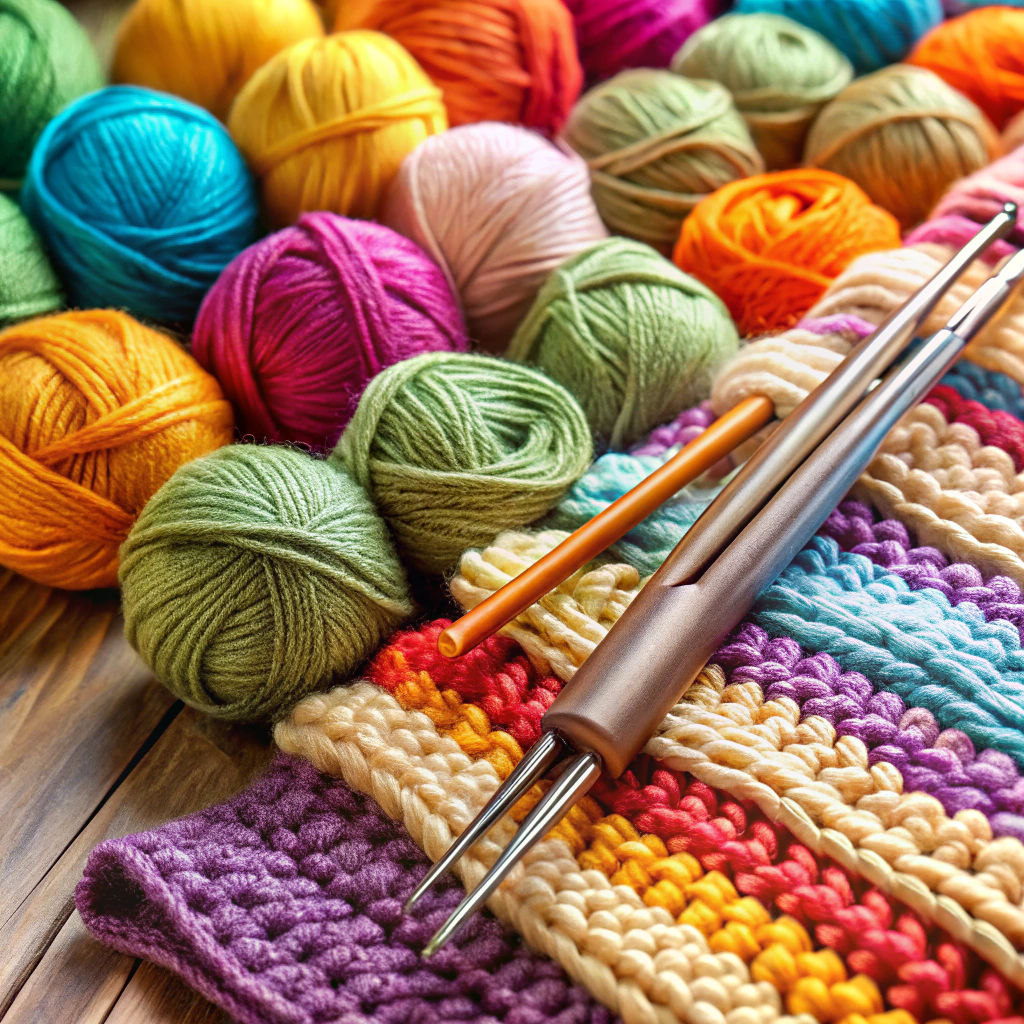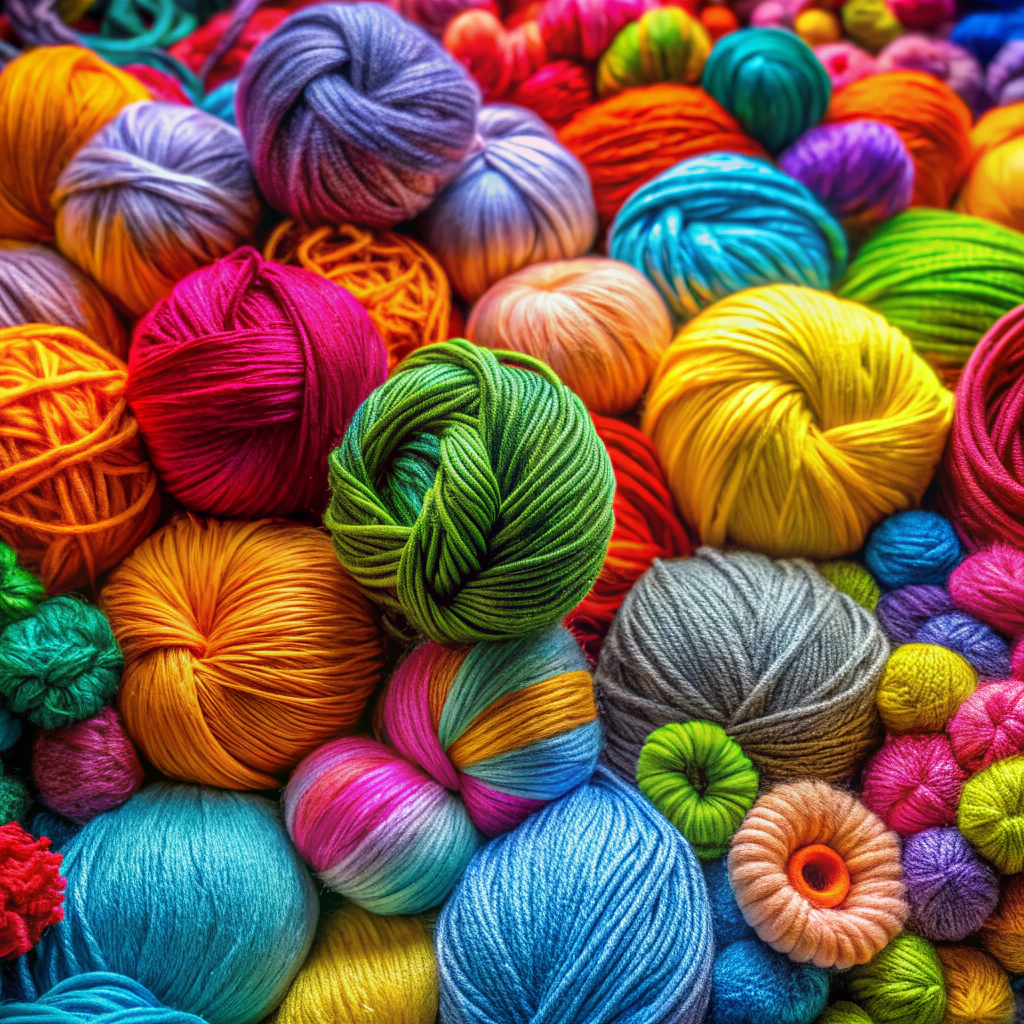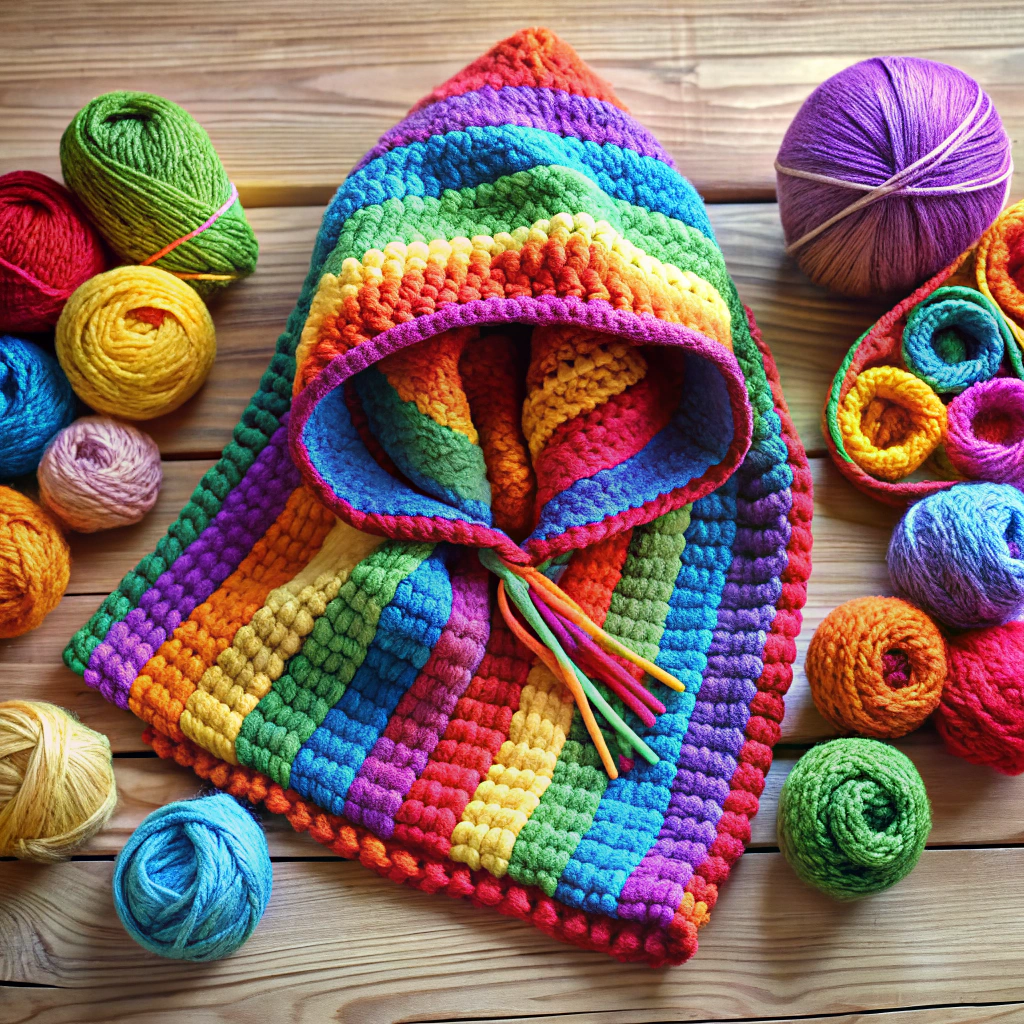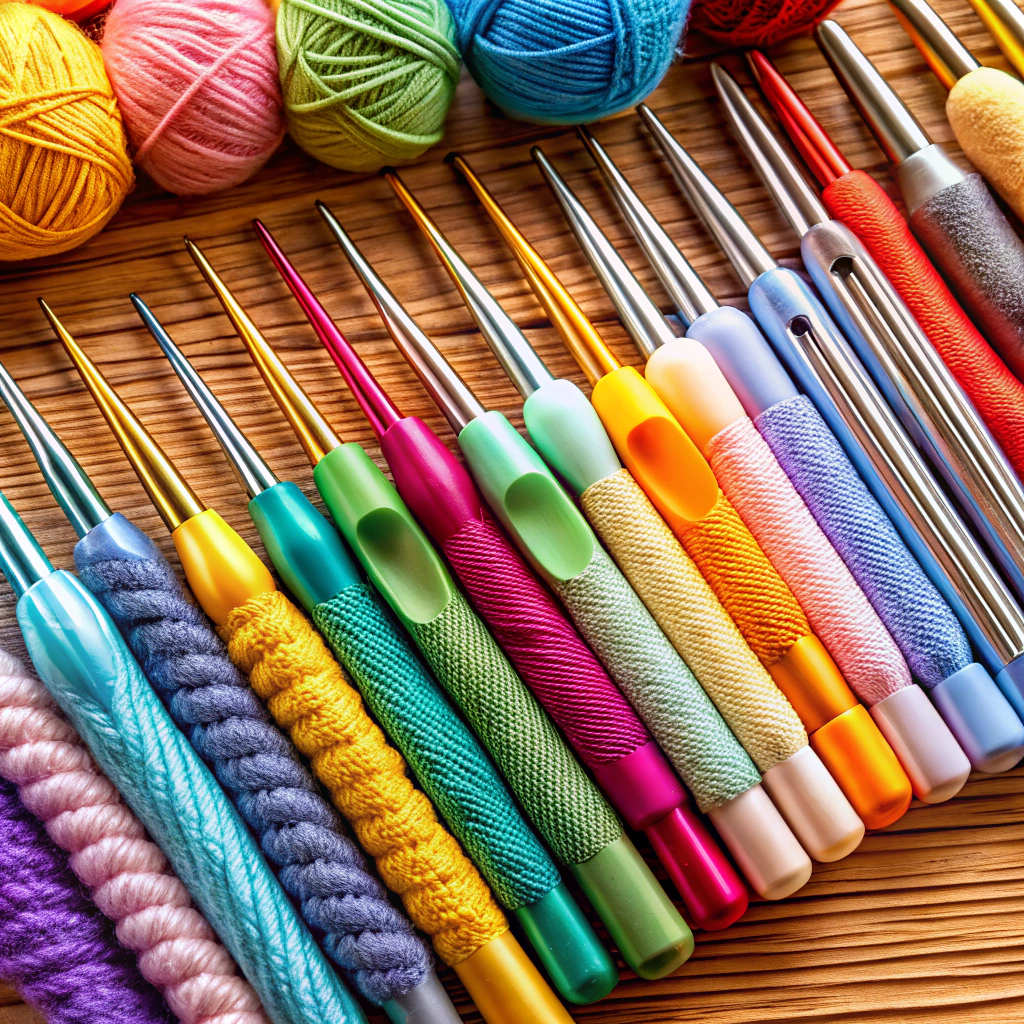Crochet cannot be done by machine as it requires the unique manipulation of yarn by hand to form intricate loops and patterns, unlike knitting which can be automated.
Ever wondered if your trusted crochet hook could be replaced by a machine? Spoiler alert: not a chance! Machines may churn out t-shirts and scarves at lightning speed, but when it comes to the intricate, ever-changing dance of crochet stitches, they’re left in the dust. Stick around to uncover why crochet remains a hands-on art that no gadget can grasp.
Key takeaways:
- Crochet’s intricate weaving can’t be replicated by machines.
- Crochet’s diverse stitches and techniques confuse machines.
- Crochet’s direction changes quickly, challenging machines.
- Crochet requires hand tension and subtle adjustments machines can’t replicate.
- Machines can produce knitting that mimics a crocheted look.
Can Crochet Be Done By a Machine?
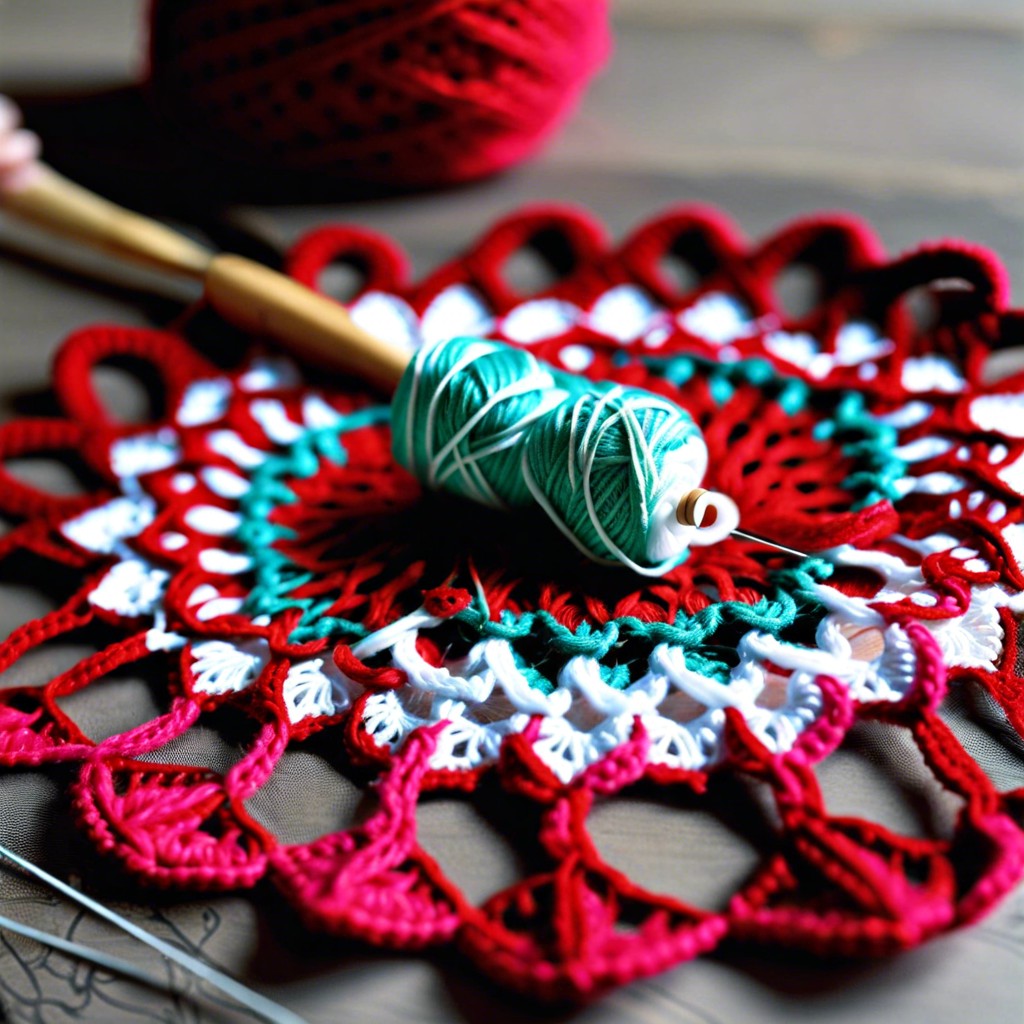
Here’s the thing with crochet: it’s an art form that loves the human touch. Unlike knitting, where loops rest on needles waiting for their turn to shine, crochet uses a single hook to pull loops through other loops. This act of intricate weaving is a masterclass in dexterity and precision—something machines just can’t replicate.
Machines are like robots stuck in a knitting scarf maze, perpetually lost. Crochet’s freeform nature, with stitches varying in height, technique, and direction, flummoxes those poor mechanical giants. They need straightforward, repetitive tasks. Crochet is more like jazz; it thrives on improvisation.
Crochet hooks also have minds of their own. Unlike knitting needles that work in pairs like synchronized swimmers, a crochet hook flies solo. The sheer variety in techniques and stitch combinations means creating a machine to do all that would be like asking a toaster to make a four-course meal. Yes, they’re both kitchen gadgets, but only one can tackle a crème brûlée.
Lastly, crochet changes direction with the agility of a cat chasing a laser pointer. One minute, you’re working a neat row of single crochets; the next, you’re turning it into a lacey shell pattern. Machines would short-circuit just thinking about it.
Why Can’t Machines Crochet?
Crochet involves a lot of intricate hand movements, loops, and stitches that require a certain finesse. This complexity is a bit too much for most machines to handle efficiently. Here’s why:
First, each crochet stitch is unique. Unlike knitting, where loops can easily be replicated in a sequence, crochet stitches vary greatly in height and pattern.
Second, crochet requires a single hook to loop through previous stitches, unlike knitting which uses needles and can be easily mechanized due to its repetitive nature.
Third, hand tension is crucial in crochet. Machines struggle to replicate the subtle tension adjustments made by experienced crocheters, leading to inconsistent stitch quality.
Finally, the diversity of crochet patterns adds another layer of difficulty. Machines would need to be incredibly versatile, almost human-like, to adapt to the varying stitch types.
Let’s not forget the joy of making a mess, undoing it, and starting over. Machines are terrible at that part.
Differences Between Crochet and Knitting
Oh, the age-old rivalry between crochet and knitting! While both crafts use yarn to create fabulous pieces, they’re as different as apples and oranges.
First, let’s talk tools. Crochet uses a single hook. Knitting, on the other hand, employs two needles. Imagine wielding a sword versus conducting an orchestra.
Then there’s the technique. Crochet stitches are formed one at a time, creating a series of loops that stack on top of each other. It’s like building a Lego tower. Knitting involves multiple active stitches at once, all lined up like soldiers ready for an inspection.
Next, the texture. Crochet fabric tends to be thicker and more textured. Knitting, with its interlocked loops, produces a smoother and often stretchier fabric. It’s like the difference between a chunky scarf and a sleek sweater.
And finally, versatility. Crochet is fantastic for creating intricate shapes and freeform designs. It’s the Picasso of yarn crafts. Knitting excels in creating wearable garments with a polished finish. Think haute couture knitwear.
Crochet Look-alikes Produced By Machines
Alright, so you can’t feed yarn into a robot and chant “make me a doily,” but hold onto your hooks, because machines do their bit. Here’s how:
First up, there’s the knitting machine. This gadget can create fabric that mimics a crocheted look. Think faux-crochet lace. Fancy, right? It’s not the real deal but looks pretty darn close.
Next, we have embroidered crochet look-alikes. These machines use a technique called “fauxcheting” (clever, huh?). Embroidery machines add intricate designs that emulate crochet patterns. For quick and stylish, these are worth a peek.
Lastly, warp knitting machines can produce openwork fabric. It has a crochet-ish spirit, though the knitters among us might shudder. Picture mesh and lacy good vibes.
So, while machines don’t crochet per se, they’re doing some impressive impersonations.anny, right?
Hope your yarn didn’t unravel reading that. Happy “crocheting”!
The Future of Machine Crochet Innovation
While current technology hasn’t cracked the code on true machine crochet, innovation is always knocking on the door. Imagine, if you will, yarn robots weaving intricate granny squares while you sip tea. Delightful, right?
Here are a few key areas being explored:
- Precision Robotics: Advances in robotics could eventually give machines the dexterity they need to manage the complex loops and stitches of crochet.
- Artificial Intelligence: AI might someday teach machines to understand patterns and styles, adjusting tension and technique on the fly just like humans do.
- 3D Printing with Yarn: Some innovators are tinkering with 3D printers that can “print” yarn in layered patterns, mimicking crochet textures.
- Hybrid Methods: Combining machine knitting with manual crochet techniques could lead to quicker production while preserving the handmade touch.
- Material Innovations: New, more flexible materials might be developed to facilitate the smooth flow and manipulation of yarn in a machine.
Time will tell whether these efforts will untangle the mysteries of machine crochet!
